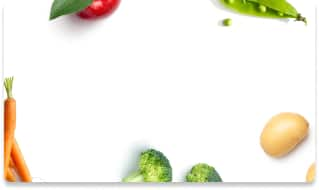
-
Find the right food for your petTake this quiz to see which food may be the best for your furry friend.Find the right food for your petTake this quiz to see which food may be the best for your furry friend.Health CategoryFeatured products
 Adult 7+ Small Bites Chicken Meal, Barley & Rice Recipe Dog Food
Adult 7+ Small Bites Chicken Meal, Barley & Rice Recipe Dog FoodSupports energy level and beautiful coat in mature dogs who prefer smaller kibble
Shop Now Adult Small Bites Chicken & Barley Recipe Dog Food
Adult Small Bites Chicken & Barley Recipe Dog FoodSupports lean muscle for dogs who prefer smaller kibble
Shop Now Adult Oral Care Small & Mini Chicken, Rice & Barley Recipe Dog Food
Adult Oral Care Small & Mini Chicken, Rice & Barley Recipe Dog FoodClinically proven kibble technology to reduce plaque & tartar build-up, specially designed for small & mini dogs
Shop NowFeatured products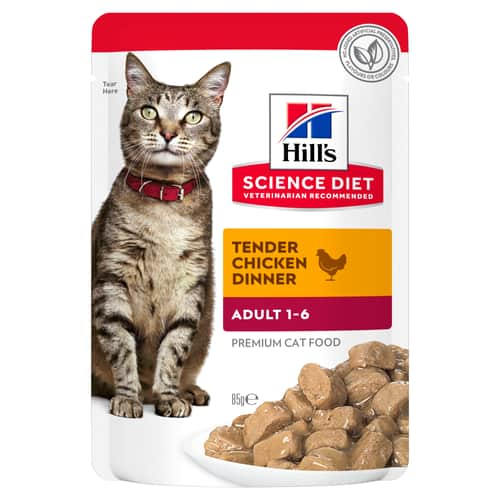 Adult Tender Chicken Dinner Cat Food
Adult Tender Chicken Dinner Cat FoodPrecisely balanced nutrition to support immunity, healthy digestion and lean muscles in cats
Shop Now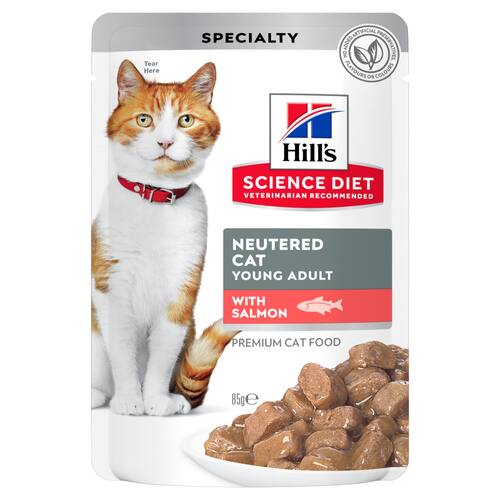 Neutered Cat Young Adult with Salmon Cat Food
Neutered Cat Young Adult with Salmon Cat FoodPrecisely balanced nutrition with the delicious taste of salmon to meet the needs of neutered cats
Shop Now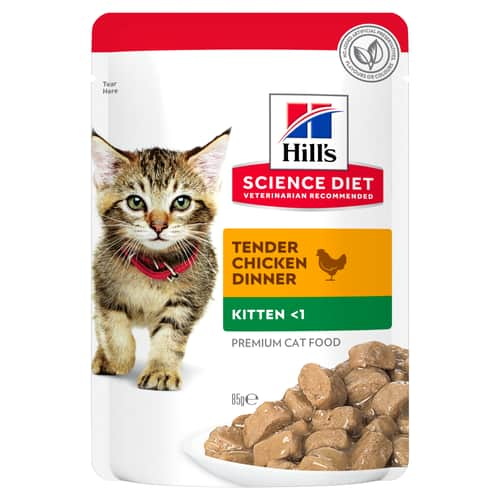 Kitten Tender Chicken Dinner
Kitten Tender Chicken DinnerWith delicious chunks in a decadent gravy
Shop Now -
DogCat
- Cat Tips & Articles
-
Health Category
- Weight
- Skin & Food Sensitivities
- Urinary
- Digestive
- Kidney
- Dental
- Serious Illness
-
Life Stage
- Kitten Nutrition
- Adult Nutrition
Featured articles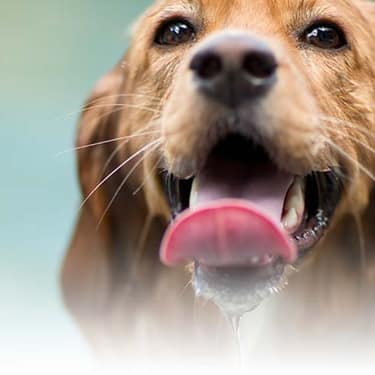 Water
WaterWater is the most important nutrient of all and essential for life. Animals can lose almost all their fat and half their protein and still survive, but if they lose 15% of their water, it will mean death.
Read More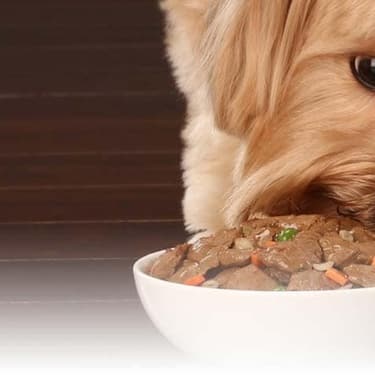 Pet Food Storage Tips
Pet Food Storage TipsWhere you store your cat and dog food can make a big difference in the quality and freshness once it is opened. Here are some common questions and recommendations for optimal storage for all of Hill’s dry and canned cat and dog food.
Read MoreHill's Australian Bushfire EffortsRead More -
Kidney health for cats
Kidney health for cats
What is kidney disease in cats?
Chronic kidney disease (CKD) is defined as any abnormality of one or both kidneys that has been present for several months. It is a common condition, affecting about 1 of every 3 cats.1
Your cat’s kidneys play a vital role in removing metabolic wastes from the bloodstream, regulating fluid and electrolyte balance, producing or activating important hormones and helping control blood pressure. If your cat’s kidneys cannot do their job properly, CKD can eventually lead to life-threatening problems.
What causes kidney disease in cats?
The cause of CKD in cats often is unknown; however, several factors may be involved that could increase your cat’s risk of developing kidney disease:
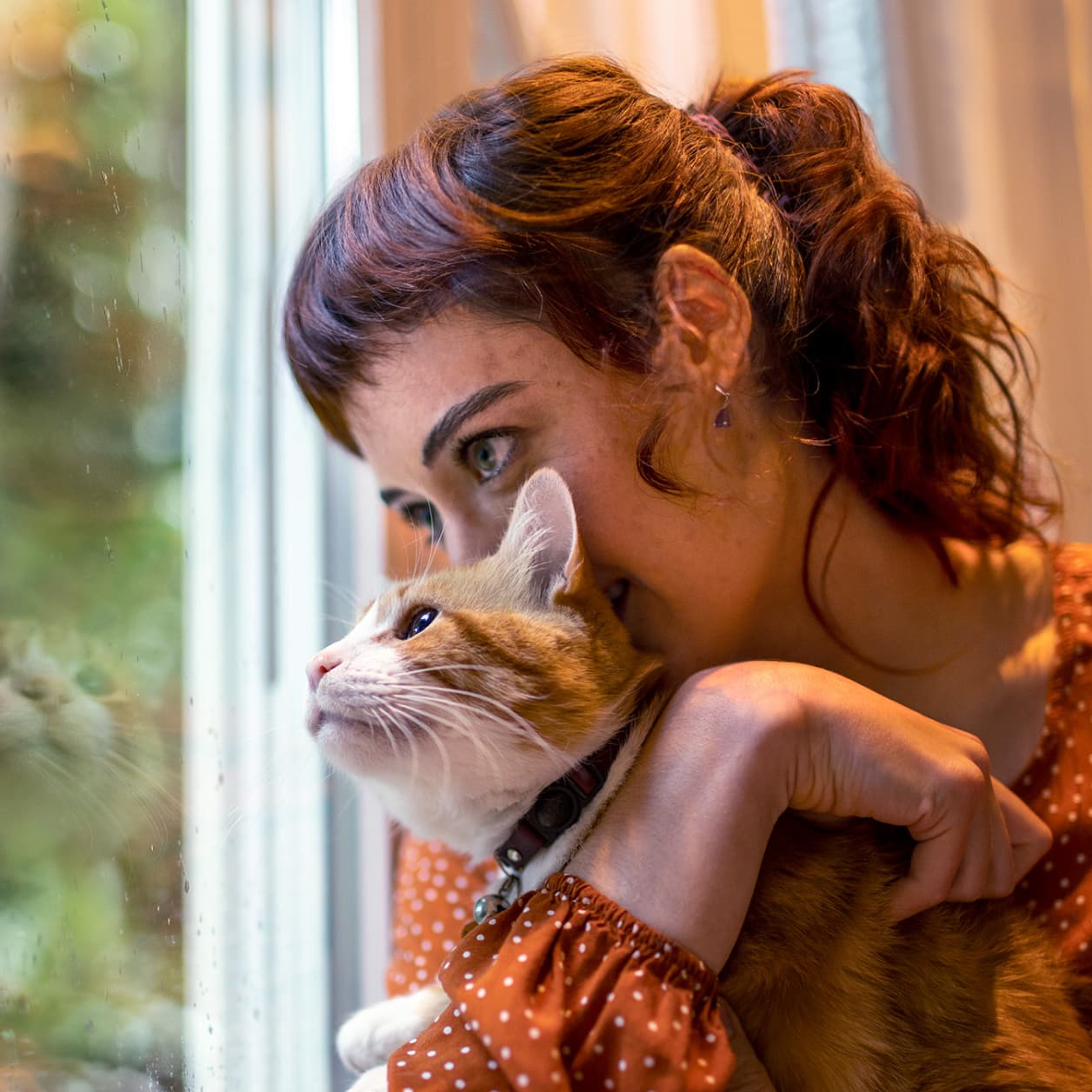



Early detection of kidney disease in your cat
Catching CKD before signs become obvious is important since signs do not typically appear until 75% of kidney function has been lost. At 7 years and older, a cat’s kidney disease risk increases, so be sure to get a “senior screening” during their annual check-up. CKD is progressive and irreversible, but your veterinarian can help provide long-term care and show you how to track signs in older cats.
What are the signs of kidney disease in cats?
The signs of early-stage kidney disease are not visible. On diagnosis, CKD has already been present for some time but may be managed with the help of vet-approved cat food for kidney disease. Signs of late-stage kidney disease tend to be similar but are far more noticeable to pet parents.


















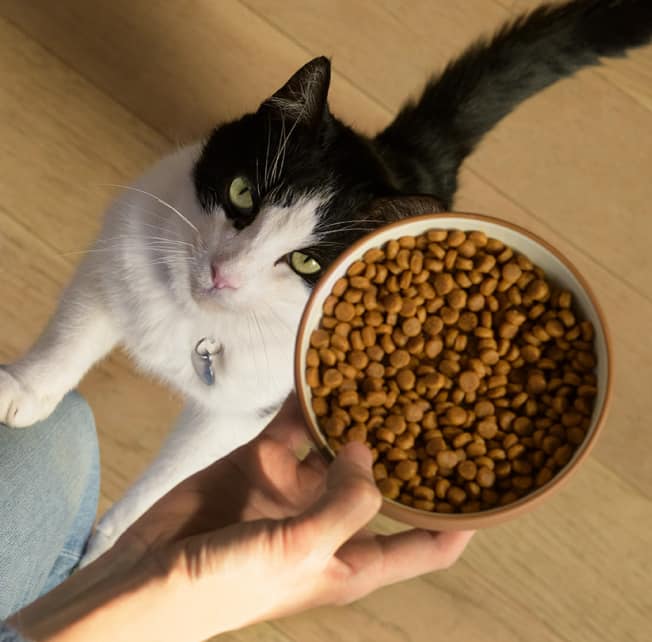
Nutrition for cats with kidney disease
If your cat has kidney disease, the right nutrition can make a positive impact on their lives. Specially formulated therapeutic foods that contain decreased amounts of phosphorus and highly digestible protein, and increased omega-3 fatty acids from fish oil have been shown to enhance quality and length of life in cats with CKD compared with feeding a typical pet food.
Your cat’s appetite may vary over time when they have CKD and offering different forms (dry, stews) and flavours of an appropriate food recommended by your veterinary healthcare team can be very helpful. The single most important thing you can do is make any changes to a new food gradually because some cats need several weeks or longer to get used to a new food.
What about using a homemade diet for cats with kidney disease?
While it has gained some popularity online, using a homemade food (or a raw food) for cats with kidney disease requires you to take into account several factors, including contamination risks, balancing nutrients, and the overall cost. When looking into nutritional options for cats with kidney disease, it’s always best to get a specific recommendation from your veterinarian.
Nutrition for cats with kidney disease
If your cat has kidney disease, the right nutrition can make a positive impact on their lives. Specially formulated therapeutic foods that contain decreased amounts of phosphorus and highly digestible protein, and increased omega-3 fatty acids from fish oil have been shown to enhance quality and length of life in cats with CKD compared with feeding a typical pet food.
Your cat’s appetite may vary over time when they have CKD and offering different forms (dry, stews) and flavours of an appropriate food recommended by your veterinary healthcare team can be very helpful. The single most important thing you can do is make any changes to a new food gradually because some cats need several weeks or longer to get used to a new food.
What about using a homemade diet for cats with kidney disease?
While it has gained some popularity online, using a homemade food (or a raw food) for cats with kidney disease requires you to take into account several factors, including contamination risks, balancing nutrients, and the overall cost. When looking into nutritional options for cats with kidney disease, it’s always best to get a specific recommendation from your veterinarian.
Recommended products for cats with kidney issues

Delicious clinical nutrition to help protect vital kidney function and increase mobility in dogs

Delicious clinically proven nutrition that helps protect vital kidney function and increase appetite

Delicious clinically proven nutrition that helps protect vital kidney function and available in multiple wet forms & flavours to entice even the pickiest of eaters
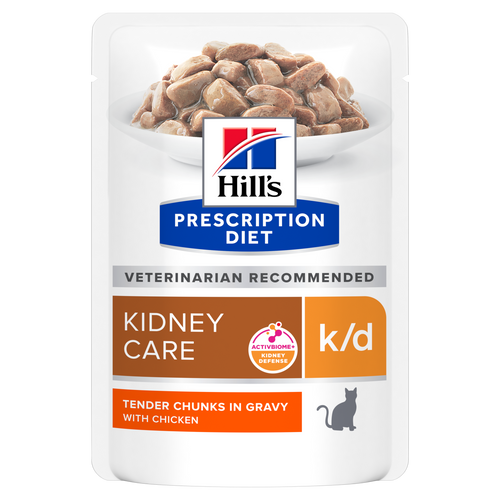
Delicious clinically proven nutrition to improve quality of life and lengthen the relationship with your cat
Related Articles
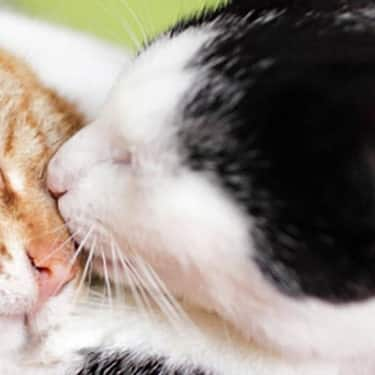
Hyperthyroidism is a common feline endocrine disorder. It can have serious, sometimes fatal, consequences on vital organs like the heart and kidneys. The good news is, this disease is highly manageable and can be controlled with proper veterinary care.

Learn how to recognize the signs of stress in cats and how to help a stressed cat find relief. Learn the implications of stress on her overall health, and what you can do to help ease her.
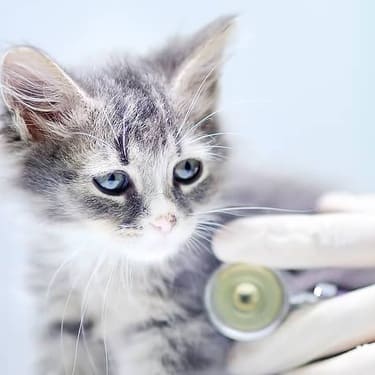
Learn the schedule of vaccinations a vet may recommend for your kitten, as well as the diseases and conditions they can help protect her from.
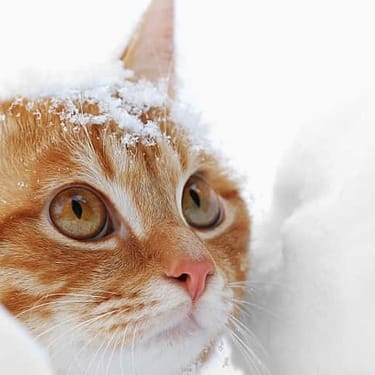
Concerned about cat frostbite? Read on to learn more about the clinical signs and what to do if you suspect that your cat might have it.
References: 1Lulich JP, Osborne CA, O’Brien TD, Polzin DJ. Feline renal failure: questions, answers, questions. Compend Contin Educ Pract Vet. 1992;14(2):127–153. Brown SA. Renal dysfunction in small animals. The Merck Veterinary Manual website.

